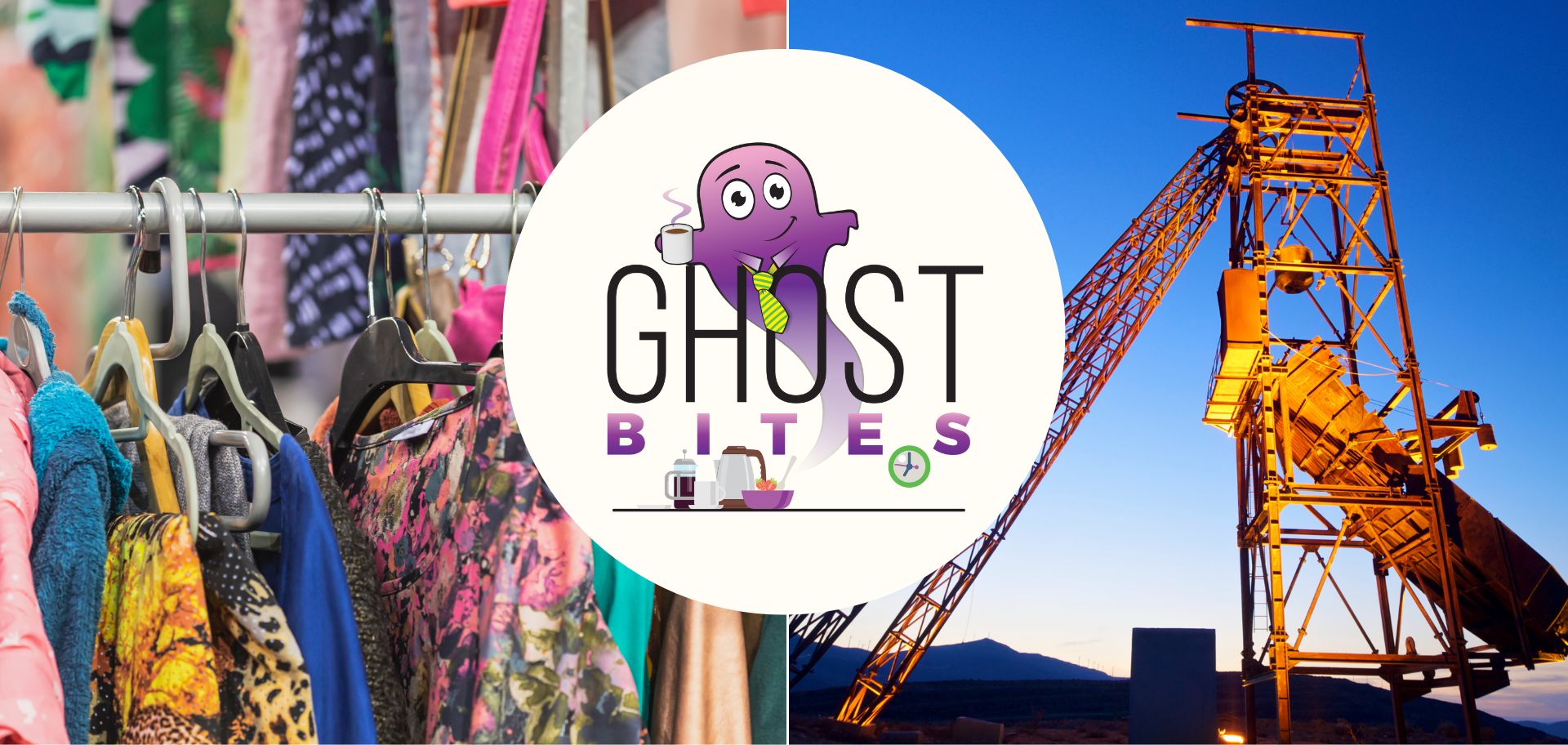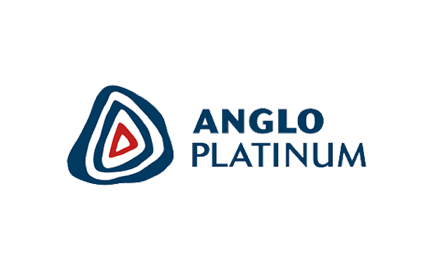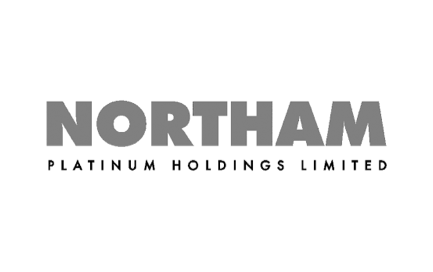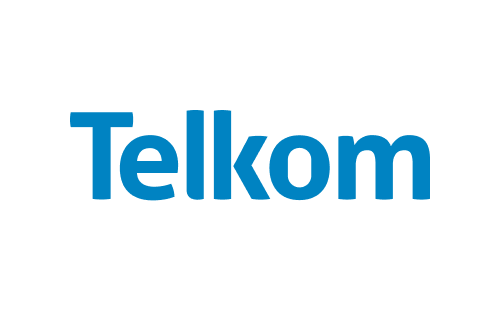Amplats really isn’t shining (JSE: AMS)
Production pressures have come at exactly the wrong time
In the second quarter, there really aren’t many highlights at Anglo American Platinum, or Amplats as it is more commonly known.
Total PGM production is down 9% year-on-year, with reasons ranging from planned infrastructure closures through to Eskom load curtailment. Refined PGM production fell by 13%, with lower metal-in-concentrate as an additional factor.
Sales volumes fell by 8% based on lower refined production.
Despite this, guidance for 2023 in terms of volumes is unchanged. Unit cost per ounce is expected to be at the upper end of the range, which makes sense in the context of production challenges and inflationary pressures.
With PGM basket prices down horribly, Amplats simply cannot afford a poor production result.
Anglo gets a boost from Quellaveco (JSE: AGL)
Other production numbers were a mixed bag this quarter
In the quarter ended June, Anglo American increased overall production by 11% year-on-year.
The Quelleveco copper mine in Peru was a big part of this, driving copper production up by 56% (despite operations in Chile falling by 2%).
Beyond copper, there were drops in Nickel (4%), PGMs (9%) and diamonds (5%), with the latter impacted by the De Beers Venetia mine transitioning to underground operations.
Iron ore increased by 9% thanks to a big performance at Minas-Rio and steelmaking coal was up 28%, with unseasonal poor weather in the base period.
In several commodities, unit cost guidance has been increased. This is usually a combination of production pressures and inflationary impacts.
Over the last six months, realised commodity prices have fallen almost across the board. Notably, Nickel is down 22%, the PGM basket price is down 29% and De Beers down 23%. Iron ore and steelmaking coal are also on the wrong side of 20% declines.
The share price is down around 20% this year.
Balwin takes out the B-BBEE lock-in (JSE: BWN)
This potentially sets very important precedent
In an announcement innocently titled “amendments to the notice of annual general meeting”, there’s a bit of a bombshell for B-BBEE Ownership deal structuring.
Balwin’s initial proposed deal would see the B-BBEE partner (Tatovect) locked in for 10 years. This is quite long even by recent deal standards, but lock-ins are generally seen as part of the B-BBEE landscape.
Well, they were at least.
The transaction was registered as a Major Transaction with the B-BBEE Commission and that’s where the trouble started, as the Commission wasn’t happy with it. Although the lock-in is perfectly legal, Balwin chose to amend the terms to get the Commission across the line.
So, instead of a 10-year lock-in structure, Tatovect can exit at any time provided (1) the loan from Balwin is repaid in full and (2) the 20% discount on VWAP initially granted to Tatovect on its entry price can be refunded.
If the exit takes place after 10 years, then the refund of the 20% discount would not apply.
BHP released an operational review (JSE: BHG)
Full year production guidance was mostly achieved
For the year ended June 2023, BHP achieved guidance for copper, iron ore, metallurgical coal and energy coal. Nickel achieved revised guidance, finishing in line with the lower end of original guidance.
Full year unit cost was a mixed bag, with facilities generally meeting or being slightly above guidance.
BHP can’t do much about prevailing commodity prices, with average realised prices for copper, iron ore and metallurgical coal being lower in the 2023 financial year than the prior year. Nickel prices were stable and thermal coal prices were stronger, but mainly in the first half of the year.
The acquisition of OZ Minerals was completed in May, with this deal expected to lift production in the South Australian copper business.
Although profitability will only become clear once financial results are released, the CEO commentary does note that inflationary pressures impacted the business.
Famous Brands gives a trading update at the AGM (JSE: FBR)
The company is highlighting the costs of load shedding
I must say, I’ve generally held the view that quick-service restaurants are net winners from load shedding. When the lights are off, the local Steers is your friend. If you’ve seen the menu prices though, you’ll also know that inflation is high and consumer budgets are finding it very hard to keep buying burgers.
In the back-end, Famous Brands and its manufacturing plants must keep the power on even during stage 6, otherwise they can’t supply restaurants. This is why diesel usage for the first quarter is up from R1 million last year to R8.8 million this year. It dropped again in June, as load shedding improved.
Looking at sales for the four months to June, Leading Brands increased by 9% and Signature Brands fell by 1% with a slowdown in evening dining. Affordability, perhaps?
The retail portfolio is up 61%. A good way to feel better during load shedding is to pile on the Steers sauce at home.
In the UK and in the AME segment, revenue increased by 20%. SA was up 10% overall. This means that group sales increased by 11%, with no indication of net profit for the period.
Jubilee Metals mostly beat production guidance this year (JSE: JBL)
PGM and chrome production were ahead, while copper lagged guidance marginally
In an operational update for the year ended June 2023, Jubilee Metals noted a strong operational performance from the South African PGM and chrome operations. In both cases, production was ahead of guidance. PGM production was 2% higher year-on-year and chrome was 7% higher.
Copper production increased by 2% but narrowly missed guidance (2,923 tonnes vs. guidance of 3,000 tonnes) due to power and water disruptions in Zambia in the first half of the year that impacted ramp-up of the Roan Concentrator. Jubilee is pushing hard with the copper strategy, with a planned capital investment of $8.5 million for further upgrades.
The company expects further growth in production in FY24.
Karooooo accelerates subscriber growth (JSE: KRO)
It’s also good to see positive growth in cash from operations
In the first quarter of the 2024 financial year, Karooooo grew Cartrack subscribers by 14% to 1.757 million. Importantly, the rate of growth increased sharply. There were 40,375 net new subscribers in this quarter, vs. 16,800 net new subscribers in the comparable quarter.
Total revenue increased by 24%, or 19% on a constant currency basis. As the group has increasingly invested in non-subscription businesses (to my irritation as a shareholder), subscription revenue was up 18% or 12% in constant currency – quite different to the group total revenue growth.
Cash generated from operating activities was up 7%. Growth is generally a drain on cash for Karooooo, as the telematics devices are an expensive initial outlay to get a new customer onto the Cartrack system.
Net cash increased by 33% to R1.137 billion.
Kumba on track to achieve full-year production guidance (JSE: KIO)
The first half of the year has delivered encouraging numbers – other than re: Transnet
It sounds like a fairly successful interim period at Kumba, with the management team feeling bullish about meeting full-year guidance. Well, guidance for production, that is.
Iron ore production was 6% higher in this period, although ongoing issues on the Transnet rail line meant that ore railed to port at Saldanha Bay was down 3%. Sales fell by 4% due to lower finished stock levels at the port.
Production and unit cost guidance for the full-year has been maintained but sales guidance has been revised downwards because of rail constraints. Non-critical capital expenditure has been deferred based on logistical challenges, so there’s yet another example of Transnet scoring more own goals for SA.
If you read far enough down, you’ll find a trading statement in this announcement that was almost hidden from view. For the six months to June, HEPS is expected to decrease by between 14% and 22%. This puts HEPS at between R28.16 and R31.17. For reference, the share price is around R444 and has dropped more than 9% this year.
Northam Platinum takes a bath on RB Plats (JSE: NPH)
Impala Platinum is the overall winner…right?
The saga around Royal Bafokeng Platinum (JSE: RBP) has been quite something to behold. After Impala Platinum (JSE: IMP) finally got through all the hurdles, including the ones raised by Northam Platinum (JSE: NPH) at the Takeover Regulation Panel (TRP), the questions remained around what Northams would do with its 34.5% stake in RB Plats.
We now know what the company will do. It will be accepting the mandatory offer from Implats, locking in a substantial loss (roughly R4 billion) but also liquidating the stake at a time when the PGM market has deteriorated since the initial deal.
To be fair, the original stake in RB Plats was acquired back in November 2021. The deal has taken an incredibly long time to be concluded.
Northams will receive R9 billion in cash and shares in Implats worth roughly R4.1 billion as consideration for the stake. This is a 3.3% stake in Implats, so it should be liquid enough to sell down over time if the company so chooses.
The market didn’t care about the loss being locked in by Northams. Instead, it added over 6% to the share price in celebration of cash coming into the group during a period of uncertainty in PGMs.
Is Implats the winner here? In a strict reading of the deal, then yes. But have they ended up overpaying for an asset and being incredibly distracted along the way by Northams’ tactics? There’s an argument to be made along those lines as well.
Telkom declares victory in court (JSE: TKG)
Now here’s a rare thing: some good news for Telkom!
Back in January 2022, a Presidential Proclamation was gazetted that gave the Special Investigative Unit the power to investigate various matters that included the disposal of former Telkom subsidiaries.
Telkom went straight to court and has won in the Pretoria High Court, which declared the proclamation unconstitutional, invalid and of no force or effect. Considering the amount of financial pain Telkom has been taking recently, it’s also quite handy that they were awarded costs.
The argument here isn’t that nothing had been done wrong historically, but rather that Telkom had taken action based on its own investigations and had launched legal proceedings where appropriate.
Truworths: a slowdown in H2 sales in the local segment (JSE: TRU)
Load shedding and high interest rates: when the fun stops for retailers
Truworths has released a sales update for the 52 weeks to 2 July 2023. The first important point is that the prior period was a 53-week reporting calendar, so the numbers aren’t directly comparable to what was reported. Truworths does the right thing by giving us growth rates based on 52 vs. 52 week periods, and even goes so far as to split this into H1 and H2 (the two halves of the year).
I will only be quoting the 52 vs. 52 week numbers as the others are worthless.
For the full year, Truworths Africa (which includes SA) grew sales 9.1%. Office in the UK was up 18.8% and the group total was thus 13.2%.
Split into halves, the group level numbers are remarkably consistent: growth of 13.0% in H1 and 13.4% in H2.
If we dig a little deeper, we find that Truworths Africa slowed down sharply in H2, growing just 4% vs. 13.4% in the first half. That’s a direct result of consumer pressures and load shedding. It really doesn’t help that power backup costs were elevated in that period, so I’m quite sure that the eventual release of full financial results will show a tough profitability result in Truworths Africa.
For the full year, volumes fell sharply as like-for-like sales growth was 4.4% and product inflation was 12.6%. This means an 8.2% drop in volumes.
Account sales were 70% of the Truworths Africa total (vs. 69% last year) and overdue balances as a percentage of gross receivables increased from 14% to 16%, so credit quality is showing a negative trend.
This means that Office in the UK had a phenomenal H2 performance, in order to balance out the local performance and give a consistent group result over the year. Sure enough, H1 growth was 12.3% and H2 was 27.1%. Online sales contribution was unchanged at 45% and this sales growth was achieved despite a decrease in trading space of 12.6%.
No guidance for profitability has been given. Truworths Africa is 73% of group revenue, so don’t get too excited by the UK results.
Little Bites:
- Director dealings:
- After a major recent sale by directors of The Foschini Group (JSE: TFG), a different director has now sold shares worth nearly R2.9 million. Given the risks in local retail and the level of debt that TFG took on, this is a strong negative signal for me.
- The company secretary of Oceana (JSE: OCE) has sold shares worth R201k.
- A director of RFG Holdings (JSE: RFG) has bought shares worth R39k.
- In one of the strangest SENS announcements you’ll see, included here for comedic value rather than anything else, a trust linked to the CEO of Argent Industrial (JSE: ART) sold one share.




















